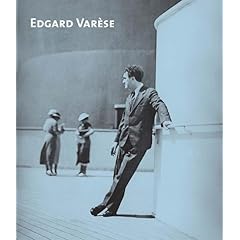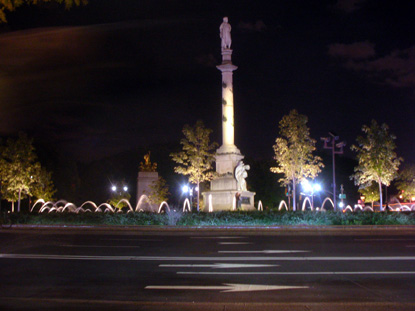There seemed to be an universal agreement with Soho the Dog when he posted his famous 8 sentences, but on half of them, he was either being way too literal or just wrong.
“Jazz is America’s classical music.”
Yeah sure, Johns Adams & Corigliano and their peers are this continent’s contributions to the field of classical music, but this, dear fellow, is what we call a metaphor. In this case, it applies to the fact that jazz is an aesthetic that is entirely unique and has risen to the serious-minded plateau of traditional classical music. Why is that so hard?
“Mozart and Beethoven were the popular music of their time.”
There is no 200-year-old equivalent of Justin Timberlake. The pop star is a 20th century creation of a nascent mass media. These composers were, by any measure, more important to their contemporary cultural life than anything that exists today in the classical community. The estimates are that somewhere between 20 and 30,000 people flocked to Beethoven’s funeral. Franz Stober even painted the thing:

Lady Di, sure. But can you imagine people turning out like this when Philip Glass checks out?
“Orchestras need to do away with tuxedos because they’re stuffy and outdated.”
Not to mention that they’re utterly absurd. Orchestras started wearing this crap because that’s what the audience wore (There’s a lovely scene in the old movie ‘Tales of Manhattan’ that perfectly illustrates the sartorial peer pressure which gave rise to this tradition). But when do you ever see an audience in white tie these days? In what universe does it make sense for an orchestra to continue to dress this way?
“Composers today only write music for other composers.”
An absurd generalization, of course, but it does put its thumb on the fundamental issue that arises out of classical music being so cloistered: there is no general audience for new classical music in America.

 Tonight’s joint performance at the
Tonight’s joint performance at the  But tonight, sitting through solo and duet renditions of Bach, Tartini, Bob Dylan, Fiona Apple, and others, one happily forgot the old complaints about virtuosity and sat back contentedly in the rush of arpeggios, trills, tremolos, and scales. One smiled at the clear joy Hahn and Thile took in collaborating with a fellow musical athlete of the first caliber, someone who could play along tight no matter how blazing the tempos dared. This isn’t to say the country whiz kid winging his way through the classics and the conservatory prodigy tentatively testing the waters of folk music always made for an effortless couple: Thile’s Bach got pretty runny, and Hahn’s bluegrass was a little green. But the super-abundance of talent on display more than made up for the moments of musical awkwardness. Hahn and Thile charmed and dazzled through the evening, and we all cheered. Both artists have new CDs out, and let’s hope they both sell lots and lots of them.
But tonight, sitting through solo and duet renditions of Bach, Tartini, Bob Dylan, Fiona Apple, and others, one happily forgot the old complaints about virtuosity and sat back contentedly in the rush of arpeggios, trills, tremolos, and scales. One smiled at the clear joy Hahn and Thile took in collaborating with a fellow musical athlete of the first caliber, someone who could play along tight no matter how blazing the tempos dared. This isn’t to say the country whiz kid winging his way through the classics and the conservatory prodigy tentatively testing the waters of folk music always made for an effortless couple: Thile’s Bach got pretty runny, and Hahn’s bluegrass was a little green. But the super-abundance of talent on display more than made up for the moments of musical awkwardness. Hahn and Thile charmed and dazzled through the evening, and we all cheered. Both artists have new CDs out, and let’s hope they both sell lots and lots of them.

